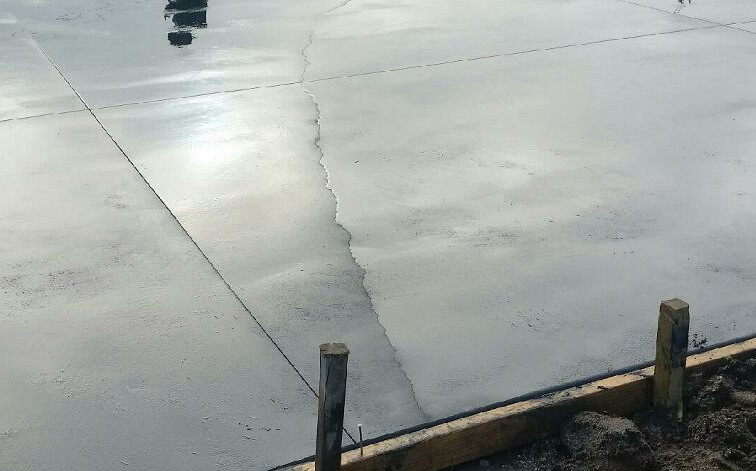Public liability insurance (also known as general or broadform liability) covers accidental damage or loss to another person’s property that you are responsible for.
If the property that gets damaged is owned by you, then it’s not covered. This can in some cases include the concrete itself if you’ve ordered it and your customer has yet to pay or take possession of it or if your contract has not yet been completed.
You should check if your policy includes a rip and tear exclusion, as this can significantly affect whether you’re covered in the event that poured concrete (or other concrete products) needs to be removed because it is damaged or defective.
An example of a rip & tear exclusion is:
The insurer shall not indemnify the Insured for any claim in respect of or alleging the actual expense of intentional destruction or removal of poured concrete, concrete products, concrete block or mortar, pre-stressed structural concrete, asphalt, aggregate, road base or other raw material which is found to be defective.
For the purposes of this Endorsement, “defective” means a product which, upon testing by an accredited independent testing agency, does not meet the specifications under the contract for supply of the product required for the specific construction contract in which the materials were incorporated.
The key part to understanding how this affects your cover is that second paragraph. It puts the onus on the contractor to make sure they are using the correct standard concrete before actually laying/pouring it. The insurer doesn’t want to be on risk for a contractor “having a go” with a product they are not sure about or is known to be inferior for the job they are doing, so this exclusion removes that risk. Any professional contractor who does the correct preparation, including checking concrete standards, will have nothing to worry about.
In the real world, however, we all understand that practically it can be a challenge for the placer to accurately determine whether the concrete that has arrived on site meets the specification. The proper testing (whether slump, compressive strength or drying shrinkage) should be completed prior to pouring. Importantly, a written and ideally a visual record of your testing should be saved, in case there is a problem down the line.
Minimising the Risk
Builtin recommends contractors follow a consistent process to minimise the risk of defects, including checklists for staff on site. Here are five practices that the best operators are following for every job:
- Proper site preparation
- Accurate mix design and quality control
- Controlled pouring and placement
- Correct curing techniques
- Detailed finishing and jointing
All of this is underpinned by experienced supervision, good communication and consistent process. Of course, there is always the risk that the defects are product-related (many placers will tell you this is always the problem!) To reduce this risk, we suggest:
- Check each load’s delivery docket to ensure it meets minimum requirements (such as time from batching) and the job specification. Reject anything that doesn’t
- Perform slump and consistency tests on each load before placement
- Communicate issues immediately and document everything
In a Nutshell
Know if your public liability insurance includes a rip and tear exclusion. If it does, then you need to ensure your workers understand their responsibility for ensuring the delivered product meets the specification, through the proper testing, before it is placed.
The information presented in this article is general in nature and not intended to be advice for individual situations. You should speak to an expert about your specific circumstances and needs.



